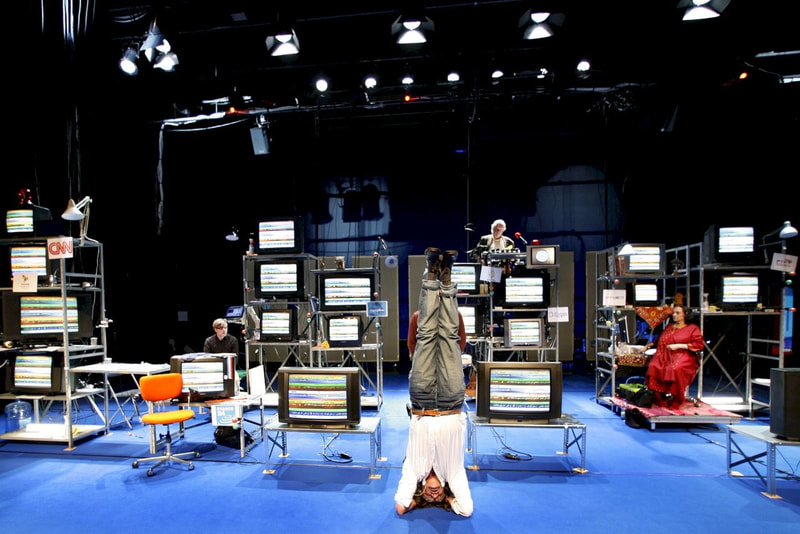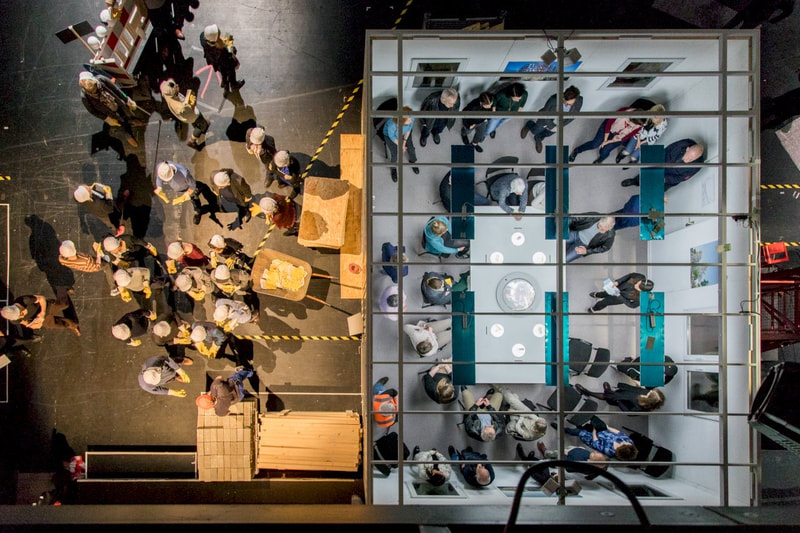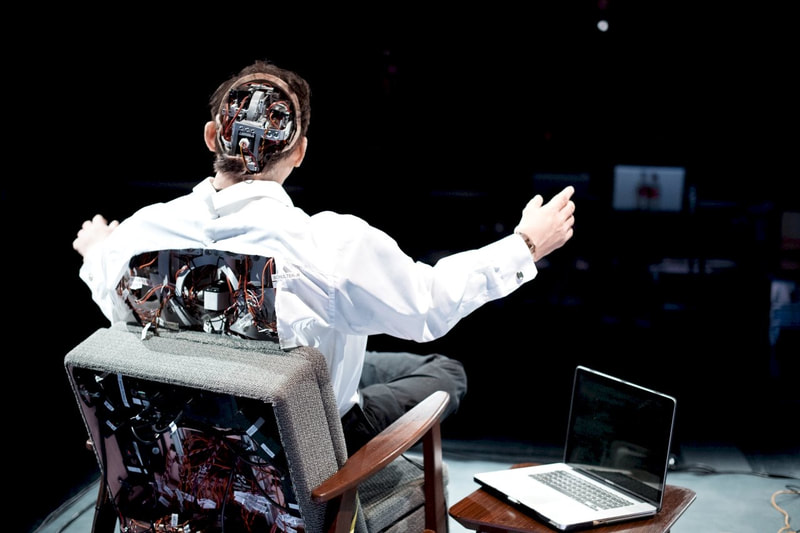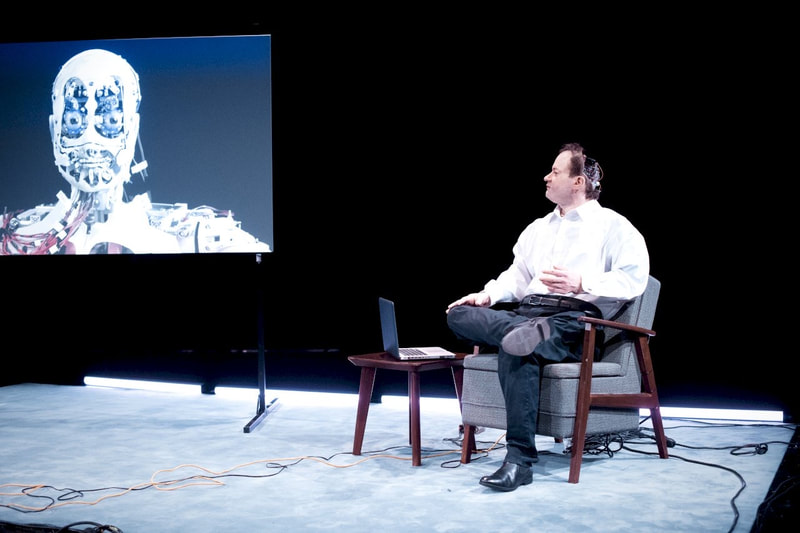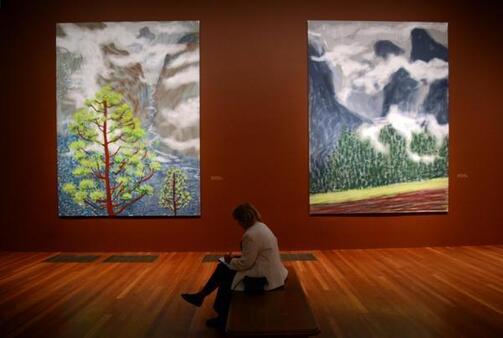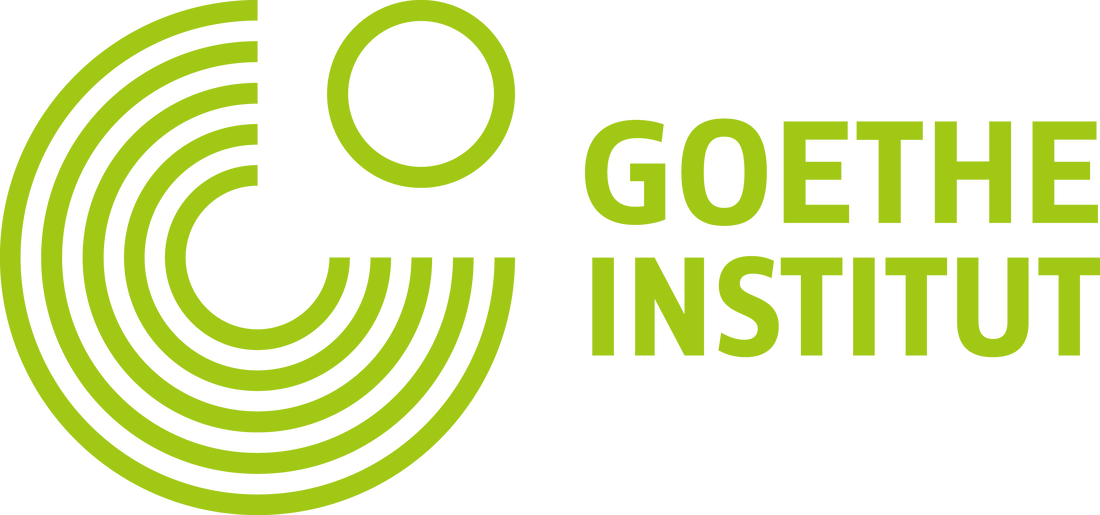State of the Arts
Private working space for the State of the Arts team & invited experts
RationaleThe recent global economical and social crisis triggered by the Covid-19 pandemic has highlighted major problems in the way visual arts are produced, presented and received. The effect of a world in lockdown, in which social interactions are accompanied by fear, has changed the public sphere as well as the art world. Traditional ways of presentation and reception of contemporary art seem to undergo major changes. The effect of the lockdown on individual artists, galleries and museums was diverse. According to the studies conducted by UNESCO and the International Council of Museums (ICOM), 90% of museums worldwide were forced to close their doors and stop in-person operations during the crisis. Artists complain about the lack of physical exposure of their work and major set backs in sales. Moreover, studies indicate that 13% of museums worldwide may not reopen after Covid-19 crisis. In other cases, in which the physical space for audiences has been replaced by online platforms — Art Basel’s viewing room, replacing its March Hong Kong fair, was so popular that the site crashed — resilient solutions were brought to the fore prompting a discussion about developing new audiences and novel ways to engage with art. The #SupportArtWorkers campaign in Greece has demonstrated once again the precarious condition of labour for artists who are often affected by crisis. Changes that now seem imperative were already starting to take shape. It's just that the recent crisis has accelerated the process.
What is the novel role that museums and art institutions have to play? How the relation between art market and cultural institutions can be rethought? Can the growing split between art as an asset investment and critical ephemeral art for social change can be overcome? Should it be overcome? How are the hegemonic globalized art world and the various peripheral art ecologies affected by these changes? Do novel audiences and a more democratic access to art production play a more important role in these developments? Does the role of public spherechange? Do these developments signal a change in our understanding of the work of art as a cultural product? In which ways does art adapt to the challenges of the 4th industrial revolution? Which are the possible positive and negative developments coming along with the move to the digital? How do performance art, live art, theatre and installation deal with the lack of physical presence on stage? Are there any alternative formats, beyond the (often) insufficient documentation of live events and online exhibitions content? Is this development a triumph of contemporary art’s resilience and innovation or a defeat? Do resilient alternative art economies emerge? In what ways the role of the artist as an entrepreneur changes the role of the artist as an author/creator? Does the notion of the precarious art worker expose the foundations of the winner-takes-all structure that defines art economy? How do these changes influence and challenge the old debate on the alienation of labour? Can we think of novel art economies? Can alternative notions of the economy of art trigger changes and influence how economy and labour functions? The project invites artists, theorists, critics, curators, policy makers and other stakeholders to engage in a video discussion by delivering video statements on the above issues, which will form an online archive. Selected views of the contributors will form a report, which will set up a discussion agenda. In a second stage, experts will be invited to participate in a global, online live-stream conference and discuss these issues. The format of the conference will combine video conferencing and the physical presence of participants in various locations/cities. Public attending the conference live, as well as public worldwide attending via live-streaming will be able to contribute to the discussion. At the same time, selected artists will be invited to create a work of art, which will showcase novel formats that address the above discussions. It will function as a case study that addresses the project’s topics. TopicsNew Technologies as a change of Paradigm in the 4th Industrial Revolution
Original / Replica / Digital Equivalent Collectable Art / Ephemeral Live Art Authorship / Studio Artist / Identity of the Art Worker From Audience to Co-makers Elite Audiences / Broad Audiences Precarious Labor Art for Social Change Art and Entrepreneurship The new role of Museums & Institutions Art Market |
ΣκεπτικόΗ πρόσφατη οικονομική και κοινωνική κρίση που πυροδοτήθηκε από την πανδημία του Covid-19 ανέξειδε μέγιστα προβλήματα στον τρόπο με τον οποίο η σύγχρονη τέχνη παράγεται, παρουσιάζεται και προσλαμβάνεται. Η επίδραση ενός κόσμου σε καραντίνα, στον οποίο οι κοινωνικές συναναστροφές συνοδεύονται από φόβο, άλλαξε την δημόσια σφαίρα, καθώς και τον χώρο της τέχνης. Οι παραδοσιακοί τρόποι παρουσίασης και πρόσληψης της σύγχρονης τέχνης φαίνεται να υφίστανται σημαντικές αλλαγές. Οι επιπτώσεις της καραντίνας σε καλλιτέχνες, γκαλερί και μουσεία υπήρξαν πολλές και διαφορετικές. Σύμφωνα με μελέτες της UNESCO και του Διεθνούς Συμβουλίου των Μουσείων (ICOM), το 90% των μουσειών διεθνώς αναγκάστηκαν να κλείσουν τις πόρτες τους και να διακόψουν τη λειτουργία τους κατά τη διάρκεια της κρίσης. Οι καλλιτέχνες παραπονιούνται για την έλλειψη δυνατότητας έκθεσης του έργου τους στον φυσικό χώρο και για σημαντική μείωση των πωλήσεων. Επιπλέον, μελέτες δείχνουν πως το 13% των μουσείων παγκοσμίως ενδέχεται να μην ξανανοίξουν μετά την κρίση του Covid-19. Σε άλλες περιπτώσεις, στις οποίες ο φυσικός χώρος αντικαταστάθηκε από διαδικτυακές πλατφόρμες (η online “αίθουσα προβολής” της Art Basel, που αντικατέστησε την φουάρ του Χονγκ Κονγκ τον Μάρτιο, ήταν τόσο δημοφιλής που η ιστοσελίδα “έπεσε”), ανθεκτικές λύσεις έρχονται στο προσκήνιο εκκινώντας συζητήσεις γύρω από την ανάπτυξη νέων κοινών και νέων τρόπων συνδιαλλαγής με την τέχνη. Η καμπάνια #SupportArtWorkers στην Ελλάδα ανέδειξε, για μια ακόμη φορά, τις επισφαλείς συνθήκες εργασίας των καλλιτεχνών που συχνά επηρεάζονται από κρίσεις. Αλλαγές που τώρα φαίνονται επιτακτικές, ήταν ήδη υπό διαμόρφωση. Η παρούσα κρίση επιτάχυνε απλά την διαδικασία.
Ποιος είναι ο νέος ρόλος των μουσείων και των φορέων τέχνης στις τρέχουσες συνθήκες; Πώς μπορεί να αναδιαμορφωθεί η σχέση μεταξύ της αγοράς της τέχνης και των φορέων πολιτισμού; Μπορεί -και πρέπει- να ξεπεραστεί το συνεχώς διευρυνόμενο χάσμα μεταξύ της τέχνης ως επένδυσης και της εφήμερης πρακτικής που είναι γνωστή ως τέχνη για την κοινωνική αλλαγή; Πώς επηρεάζονται από τις πρόσφατες και επικείμενες αλλαγές -γενικές και ειδικές- ο ηγεμονικός παγκοσμιοποιημένος χώρος της τέχνης και οι μικρότερες περιφερειακές καλλιτεχνικές σκηνές; Ποιος είναι ο ρόλος που μπορεί να παίξει ο εκδημοκρατισμός στην πρόσβαση του έργου τέχνης και η διεύρυνση του εν δυνάμει κοινού, υπό το πρίσμα των πρόσφατων εξελίξεων; Πώς μεταλλάσσεται ο ρόλος της δημόσιας σφαίρας; Σηματοδοτούν οι εξελίξεις αυτές μια ταυτόχρονη αλλαγή στην κατανόηση του έργου τέχνης ως πολιτισμικού προϊόντος; Με ποιους τρόπους προσαρμόζεται η τέχνη στις προκλήσεις της 4ης βιομηχανικής επανάστασης; Ποιες είναι οι πιθανές θετικές και αρνητικές εξελίξεις που συνοδεύουν τη μετάβαση στο ψηφιακό; Πώς αντιμετωπίζουν την έλλειψη φυσικής παρουσίας επί σκηνής οι “ζωντανές” τέχνες - το θέατρο, η performance, η εγκατάσταση; Υπάρχουν εναλλακτικά φορμά, πέρα από την (συχνά) ανεπαρκή καταγραφή ζωντανών γεγονότων και την διαδικτυακή παρουσίαση εκθέσεων; Είναι το πέρασμα στο ψηφιακό ένας θρίαμβος της ανθεκτικότητας και της καινοτομίας της τέχνης ή μια ήττα; Αναδύονται εναλλακτικές ανθεκτικές οικονομίες στον χώρο της τέχνης; Με ποιους τρόπους ο ρόλος του καλλιτέχνη ως entrepreneur μεταλλάσσει τον ρόλο του καλλιτέχνη ως δημιουργού; Μήπως η έννοια του επαγγελματία της τέχνης που δραστηριοποιείται σε συνθήκες εργασιακής επισφάλειας αποκαλύπτει τα θεμέλια των δομών που προσδιορίζουν την οικονομία της τέχνης με βάση τη λογική “ο νικητής τα παίρνει όλα”; Μπορούμε να σκεφτούμε νέες οικονομίες της τέχνης; Μπορούν εναλλακτικές μορφές οικονομίας της τέχνης να πυροδοτήσουν αλλαγές και να επηρεάσουν τον τρόπο που λειτουργούν η οικονομία και η εργασία; Tο project καλεί σε συνομιλία καλλιτέχνες, θεωρητικούς, κριτικούς τέχνης, επιμελητές, υπεύθυνους χάραξης πολιτικής και άλλους παράγοντες και εμπλεκόμενους στον χώρο της τέχνης, μέσα από βιντεοσκοπημένες τοποθετήσεις για τα παραπάνω ζητήματα, οι οποίες θα συγκεντρωθούν σε ένα ψηφιακό αρχείο. Επιλεγμένες απόψεις των συμμετεχόντων θα τροφοδοτήσουν ένα κείμενο-αναφορά, που θα θέσει τις βάσεις για την ατζέντα της συζήτησης. Σε δεύτερη φάση, ειδικοί θα προσκληθούν να συζητήσουν σε ένα διεθνές, διαδικτυακό συνέδριο σε ζωντανή αναμετάδοση. Το φορμά του συνεδρίου θα συνδυάζει τηλεδιασκέψεις και φυσική παρουσία ομιλητών και κοινού σε διαφορετικές τοποθεσίες/πόλεις. Το κοινό, που θα έχει τη δυνατότητα να παρακολουθεί το συνέδριο είτε ζωντανά είτε μέσω της ζωντανής αναμετάδοσης, θα έχει την ευκαιρία να συμβάλει στη συζήτηση. Ταυτόχρονα, επιλεγμένοι καλλιτέχνες θα προσκληθούν να δημιουργήσουν ένα έργο τέχνης που θα εξερυνά νέες μορφές (formats), ανταποκρινόμενες στη συγκεκριμένη συζήτηση, ως μελέτη περίπτωσης (case study). ΘεματικέςΝέες Τεχνολογίες - αλλαγή του Παραδείγματος στην 4η Βιομηχανική Επανάσταση
Πρωτότυπο / Αντίγραφο / Ψηφιακό Ισοδύναμο Το Έργο Τέχνης ως αντικείμενο Συλλογής / Εφήμερη “Ζωντανή” Τέχνη Η ταυτότητα του καλλιτέχνη ως εργάτη/επαγγελματία (Art Worker) / Η πατρότητα του έργου τέχνης / Το εργαστήριο του καλλιτέχνη Από το Κοινό στον Συνδημιουργό Το Κοινό ως Ελίτ / το Ευρύ Κοινό Επισφαλής Εργασία Τέχνη για την Κοινωνική Αλλαγή Τέχνη, Καινοτομία, Επιχειρηματικότητα Ο νέος ρόλος των Μουσείων και των Φορέων Η Αγορά της Τέχνης |
References / Food for thought
ENTER by ONASSIS FOUNDATION
Α SERIES OF ARTWORKS CREATED WITHIN 120 HOURS COMMISSIONED BY THE ONASSIS FOUNDATION
ΕΝΤΕR IS NOT ANOTHER QUARANTINE DIARY, BUT A SERIES OF ORIGINAL ARTWORKS
ΕΝΤΕR IS NOT ANOTHER QUARANTINE DIARY, BUT A SERIES OF ORIGINAL ARTWORKS
|
As you sleep the world empties | Vasilis Kekatos
An epidemic has hit mankind. People from all ends of the Earth are asleep, and no one knows when they'll wake. Few are those who are not infected; among them, a boy who fell in love with a girl right before the disease outbreak. With an old camera, he attempts to capture what beauty is left, so that the girl can see it once she awakens. Artists: Vasilis Kekatos Title of the work: As you sleep the world empties Year: 2020 Duration of the work: 13΄ Medium: Video Language: Greek |
Janet Cardiff and George Bures Miller
|
dOCUMENTA (13). Viewers are given an ipod and headphones and asked to follow the prerecorded video through the old train station in Kassel. The overlapping realities lead to a strange, perceptive confusion in the viewers brain. Hard to document and harder to explain. We only present the recorded audio here, but when doing the walk the real sounds mix with the recorded adding another level of confusion as to what is real and what is fiction. Wear headphones to get the full effect of the original binaural recording. This is a 6 minute clip of a 26 minute piece.
|
|
|
David Hockney / iPad and iPhone artwork
Michaela Bartonova
|
|
Michaela Bartonova
is an artist and puppet designer from Czech Republic working freelance for the last 20 years. Her works were exhibited around the world in Belgium, Germany, Australia, Sweden and Syria, Japan among others. With their project “Drawing in Motion”, Tineola are re-imagining the great tradition of puppetry for the digital age. Michaela is very prolific, accomplished and renowned artist and recently branched into the digital medium with iPad.Through her unique mixture of talent, passion and captivating imagination Michaela is talking to variety of audiences – though her primary focus are young people and adults with whom she forms strong connection and lasting impact. Michaela awakens creativity and sense of purpose and responsibility for community, environment and one's own destiny. She strives to keep balance in life through variety of artistic installations and projects directly involving and engaging her audience. |
Pedro Reyes / DOOMOCRACY
|
|
Exchanging political fights for political frights, Creative Time and Pedro Reyes took over the Brooklyn Army Terminal in the fall of 2016 for an exciting collaboration. Doomocracy, a major new immersive installation by Reyes, marked the confluence of two events haunting the American cultural imagination: Halloween and the presidential election.
How much surveillance are we willing to accept? How much pollution? How much corporate malfeasance? Provoking what Reyes calls “political catharsis,” this immersive artwork distilled the horrors of our political landscape into the form of a haunted house, inviting us to navigate a maze of near apocalyptic torments, from climate change to pandemic gun violence to GMOs. Visitors to Doomocracy worked their way through a labyrinth of rooms, exploring the depth and breadth of American political anxieties. Opening to the public Oct. 7, running through Halloween, and concluding just days before the 2016 presidential election, Doomocracy occupied a vital moment in US history, offering the perfect platform and location to create real dialogue around the contemporary state of global and US politics. Doomocracy was curated by Nato Thompson and directed by Meghan Finn, and was free and open to the public. |
CRITICISM AND CORONA:
|
|



